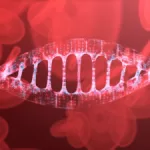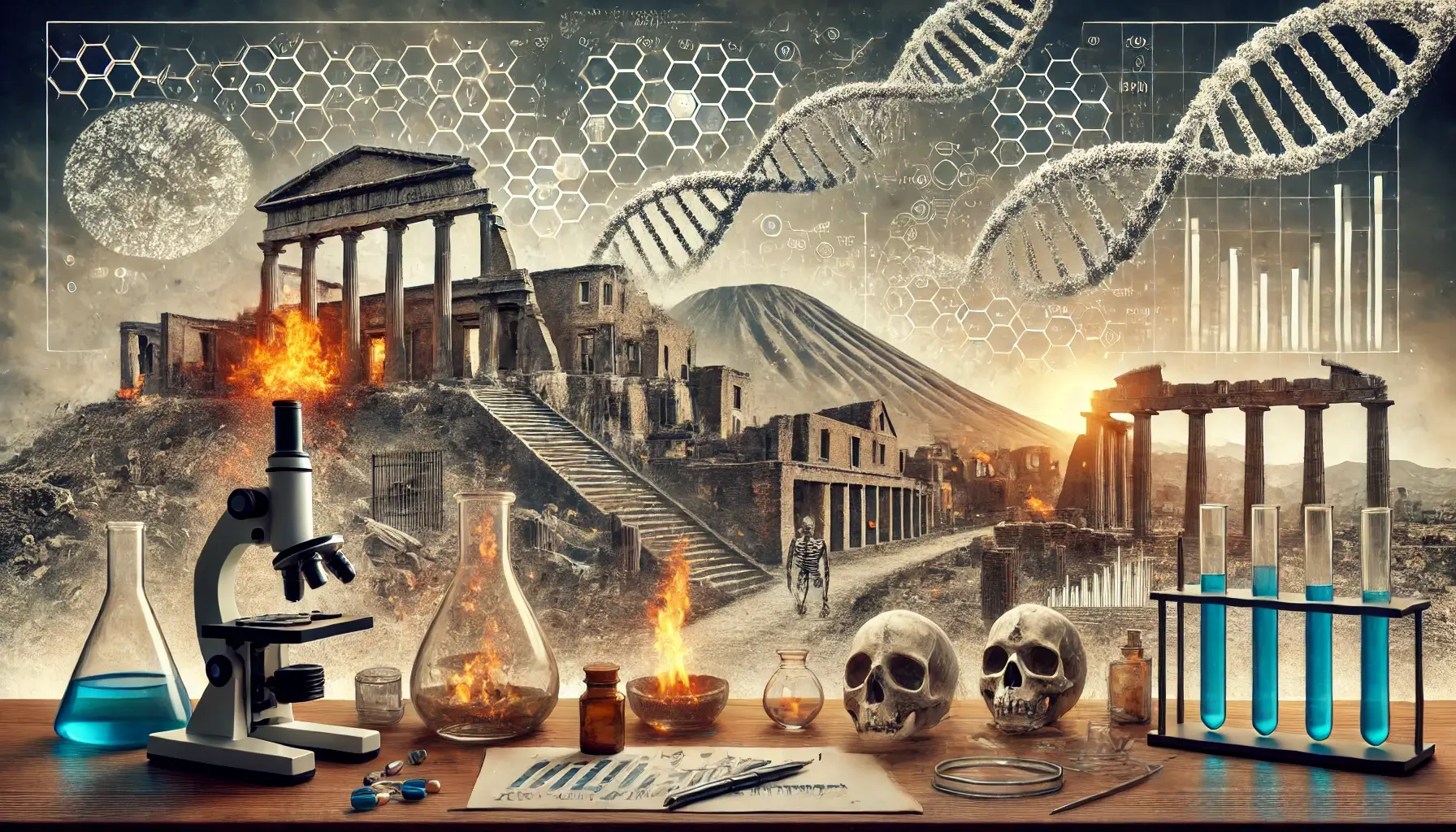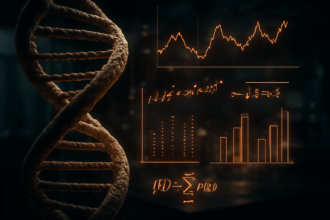In a groundbreaking scientific endeavor, researchers have successfully sequenced the complete DNA DNA, or Deoxyribonucleic Acid, is the genetic material found in cells, composed of a double helix structure. It serves as the genetic blueprint for all living organisms. Read Full Definition of a victim from the ancient city of Pompeii, who perished under layers of volcanic ash nearly 2,000 years ago. This remarkable feat, made possible through the utilization of advanced scientific techniques, provides invaluable insights into the genetic diversity and health conditions of individuals living during that era.
DNA, or Deoxyribonucleic Acid, is the genetic material found in cells, composed of a double helix structure. It serves as the genetic blueprint for all living organisms. Read Full Definition of a victim from the ancient city of Pompeii, who perished under layers of volcanic ash nearly 2,000 years ago. This remarkable feat, made possible through the utilization of advanced scientific techniques, provides invaluable insights into the genetic diversity and health conditions of individuals living during that era.
Unveiling the Genetic Secrets of Pompeii
Led by Gabriele Scorrano, an esteemed geo genetics assistant professor at the University of Copenhagen, the research team embarked on a quest to extract the first-ever “Pompeian human genome
Unraveling the Past through DNA Analysis
By employing cutting-edge DNA analysis techniques, the scientists successfully obtained genetic material from the remains of these ancient individuals. The subsequent examination of the male victim’s genetic profile revealed fascinating details about his health condition. Based on the analysis of DNA sequences, it is suspected that the man suffered from tuberculosis prior to his untimely demise. In addition, the female victim showed signs of osteoarthritis, further illuminating the health challenges faced by the inhabitants of Pompeii.
Insights into the Tragic End of Pompeii’s Residents
The circumstances surrounding the positions of the bodies provide intriguing clues about the final moments of these victims. Rather than attempting to escape, they were found in a seemingly calm state, suggesting that they may have chosen to remain in the safety of their home as the catastrophic event unfolded. This stark contrast to the fate of those found in open spaces raises questions about how health conditions influenced individuals’ decisions during the disaster.
Unveiling New Possibilities for Genetic Research
The successful sequencing of the Pompeian victim’s entire genome opens up new avenues for future studies. Serena Viva, an archaeologist from the University of Salento and a research team member, expressed excitement about the possibilities: “In the future, many more genomes from Pompeii can be studied. This study confirms that the genetic material of Pompeii’s victims can be preserved and that advancements in genetic analysis techniques allow us to sequence genomes even from damaged samples.”
The discovery of intact genetic material from ancient individuals who experienced a natural catastrophe like the eruption of Mount Vesuvius provides an unprecedented opportunity to delve into our ancestors’ genetic makeup and health conditions. This groundbreaking research showcases the immense potential of DNA analysis in unraveling the mysteries of the past.











